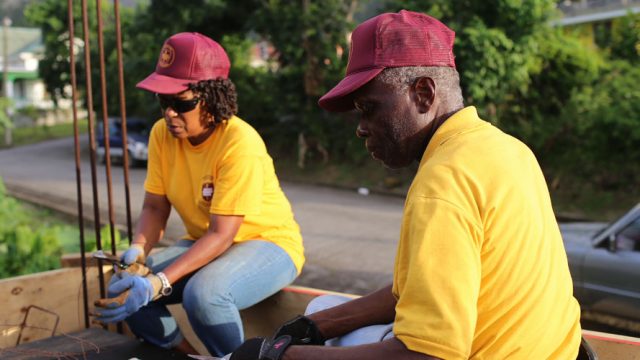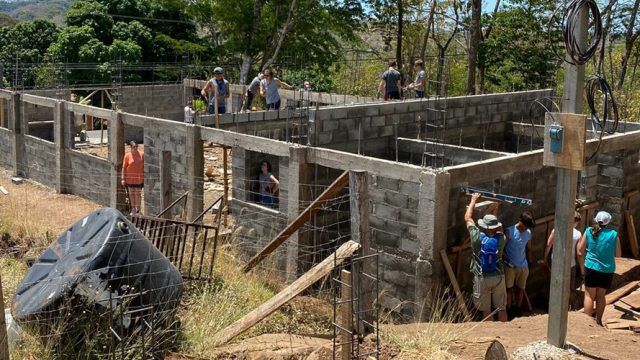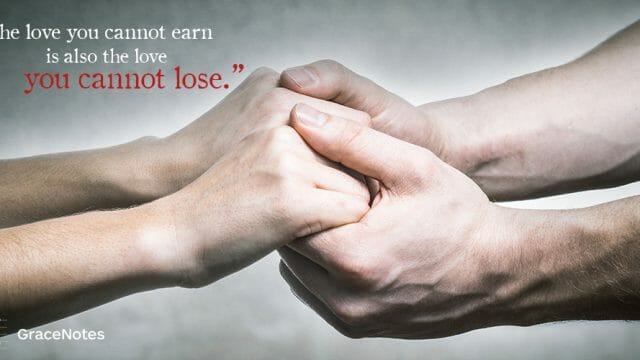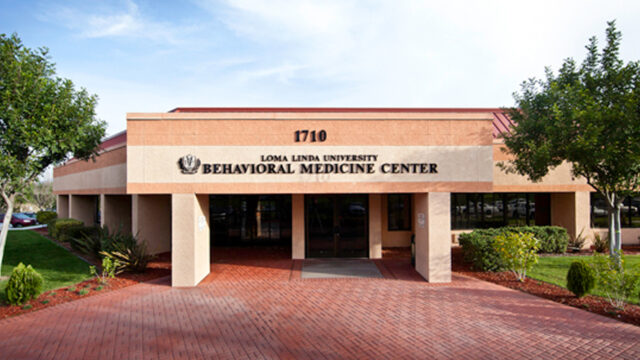Expert shares tips to help members create transformative spaces in their local churches.
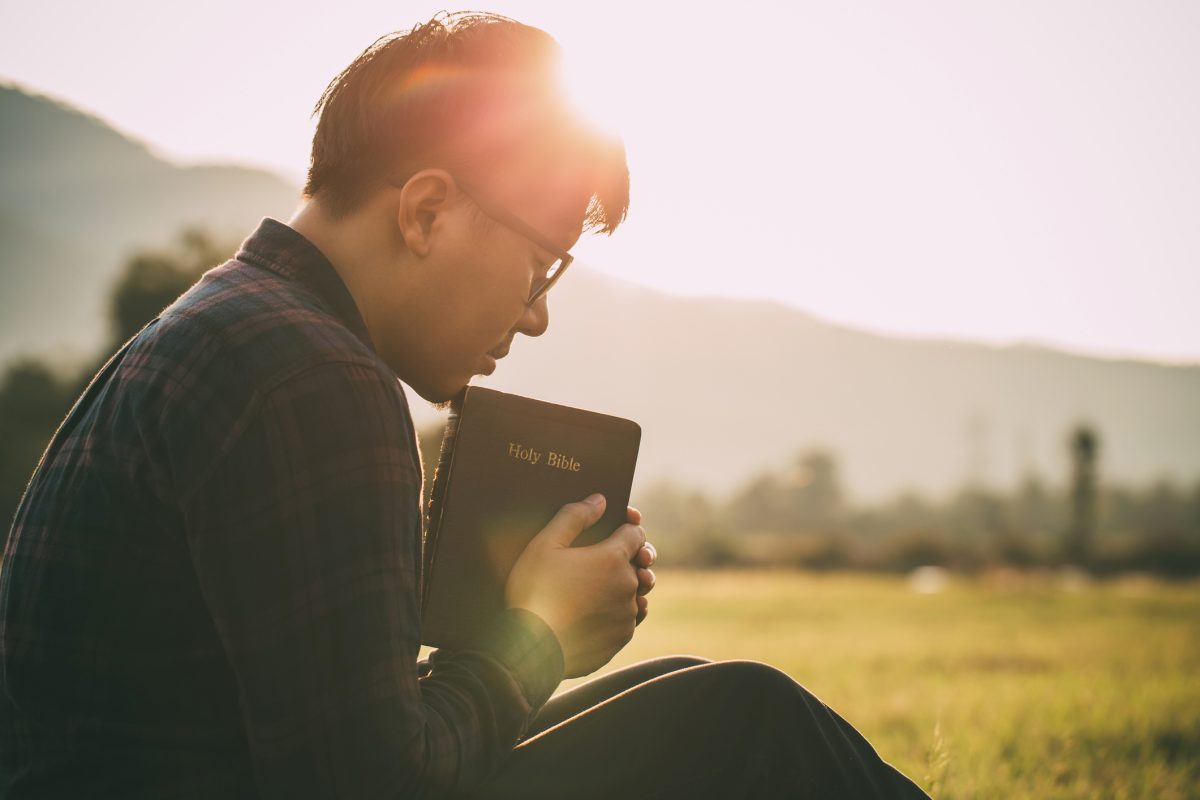
Praising God. Responding to God’s love for us. A posture of heart and a lifestyle.
These are some of the common definitions people give when asked about their definition of worship. Some even provide a more elaborate answer: “Worship means that somebody is worthy of something, so it means I humble myself before someone who is worthy of my praise,” some say.
Kärt Lazić, an Adventist educator, lecturer, and speaker who has presented on the topic on multiple occasions, said that it’s important that as we seek a working definition of worship, we understand from the get-go that the answer might be more encompassing than we first thought. “We often connect worship with music. But it’s much more,” she said. “With all due respect to worship music teams, I think it’s … unbalanced,” she said.
Lazić, who is also a singer and songwriter, led a workshop on worship at the European Adventist Youth Congress (AYC) in Lahti, Finland, in August 2022. She is also scheduled to be a keynote presenter at Andrews University (AU)’s 20th Annual Music & Worship Conference in February 2023. The event, organized by AU International Center of Worship & Music, will include presentations and a songwriting competition, organizers said.
The following is a summary of the key concepts Lazić discussed during her AYC workshop.
Communal, Intentional Worship
According to Lazić, worship is “responding to all God is with all that we are,” noting that “our reaction is not to pick and choose but try to respond as much as possible to apprehend what He is.”
Then, this becomes a question of posture in life, of intentionality, of breathing into a certain lifestyle, she said.
Lazić acknowledged that it is easier to worship alone or with a friend who thinks just like us. “But what happens when we come together in a group that is diverse and complex and twisted and shaped in all sorts of different ways?” she asked. In that case, “worship becomes something that is challenging, but also a blessing.”
In that context, Lazić discussed the role creativity plays in communal worship. She explained that creativity — the power to create, to go through an untrodden path — implies having the ability to make changes, to innovate. But it also implies considering the needs and values of others. “For some people, the most creative way of doing it is the most traditional way of worshiping, because it is what actually works for them,” she said. “Then, is there a path forward?”
At the same time, she reminded her audience, creativity is not only about music and visual arts; it can include creative solutions to solve problems or technical know-how.
Four Key Questions
In the next section of her presentation, Lazić emphasized that our search for creative worship must try to answer four questions: Who? Why? What? How? “We need to start answering the first three questions before we move to the fourth,” she said. “And I believe that if we take time to answer the first three, many of the battles about the fourth are just going to fade out.”
First, it is key to determine whether we individually experience worship as a creator or more as a receiver. “Are you [on] the platform or in the pews? Are you the one doing the artwork or are you the one beholding it?” Lazić asked. “In church, we usually talk about performers and the audience. But it is better to say, ‘preparers and participants.’ Someone who thinks it in advance and someone who then join as part of that experience,” she said.
Biblical Reasons for Creative Worship
Then, we should ask ourselves why it’s important to talk about creative worship. According to Lazić, there are very good theological reasons for talking about creativity. “We have been created in God’s image, and He is the Creator,” Lazić said. “It’s written in our DNA from creation.”
She noted that our response to that Creator is supposed to be “a 360-degree full-life response: Body, soul, and mind.” She explained, “If we have a creative streak, we just can’t exclude it. We must include that fact that we are creative beings. If we don’t bring it to the table, we are keeping something from God that could be a blessing.”
There is also a psychological aspect involved, Lazić said, as we are made to perceive the reality around us in different ways — some more direct and some more creative. “If we forget about that aspect, we are closing up channels of God’s communication of us, and it would be a shame,” Lazić said.
Facilitators, Not Roadblocks
Taking into account that worship is our response to all that God is, Lazić explained that “in a communal sense, [worship] is the space we create to provide that response” to God. In that response, we cannot control what God will do with people, but we can facilitate that encounter, or be an obstacle, Lazić said. “I can ruin things in that space, but I can also do things that create the most favorable space for that encounter to happen,” she said.
There is a temptation to resort to following a checklist of activities you should do to be creative. But it doesn’t work like that, Lazić said. “You can start creating a creative space from content to form. If we start from content, the form will follow. But we usually do the opposite,” she said.
She also explained that when we deal with how others perceive creative worship, we must tread carefully because even at local church level, there are different experiences. “We must be facilitators, not roadblocks,” she said.
Creating Creative Spaces
Lazić also suggested creating spaces where people can listen to each other and share their stories honestly, from the inside-out, so that their needs, desires, and hearts become known. “This is where community and church really happen,” she said.
It’s all about being intentional in creating those creative spaces, Lazić said. “It’s too easy to [let] our collective pathologies and our individual pathologies block God from truly [working] within us as a community. And this is what will actually happen, unless we try to break apart those bits that have become empty, try to figure out which parts still have content and which don’t, and figure out how to do this together.”
Against that background, Lazić emphasized that there are no magic tricks to make communal creative worship work, even at the local church level. “Let me tell you that there is no trick but just a commitment to labor together, which can be such a blessing,” she said.


